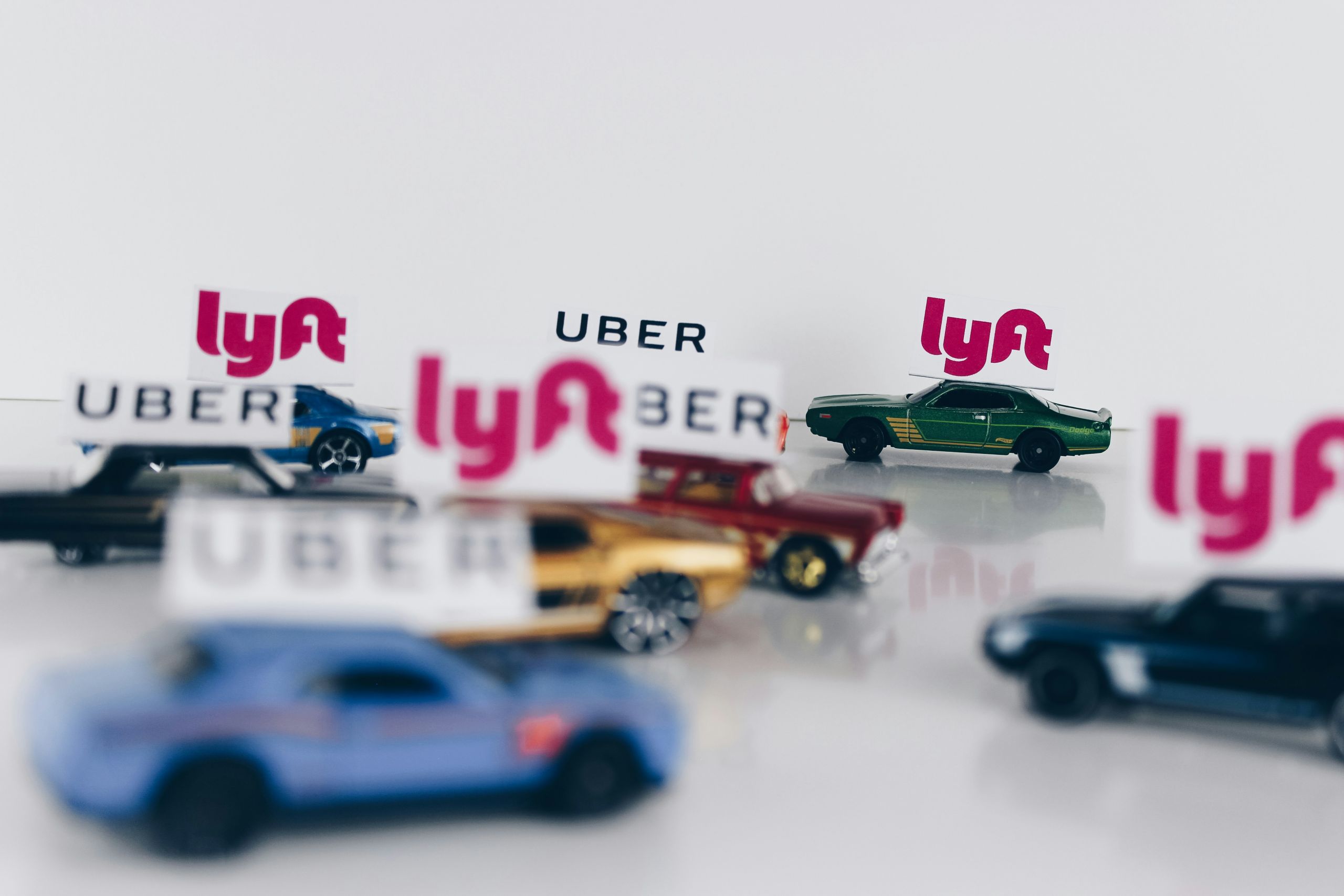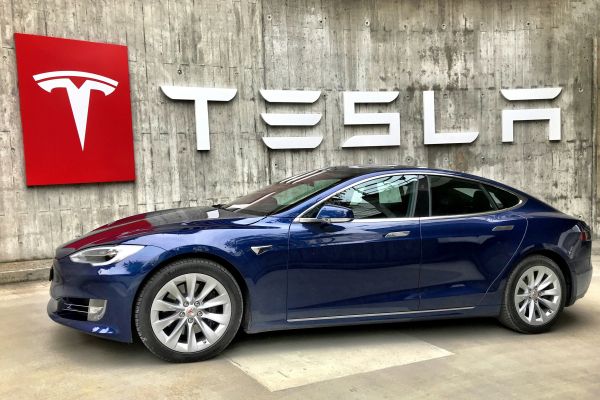
Rideshare driving has quickly become one of the most popular ways to earn money in the gig economy. Platforms like Uber and Lyft offer drivers the freedom to set their own schedules and earn on their own terms. However, one question frequently arises among both new and seasoned drivers: is $15 an hour sustainable as a rideshare driver? Let’s dive into the realities of rideshare pay and uncover whether this figure can truly support drivers.
What Is Rideshare Pay?
Before analyzing the $15-an-hour figure, it’s essential to understand what rideshare pay encompasses. Rideshare pay refers to the earnings drivers make by completing rides for passengers. It includes base fares, distance rates, time-based fees, and tips. Additionally, surge pricing—higher fares during times of high demand—can significantly increase earnings.
On the surface, earning $15 an hour might sound like a good deal, especially for a flexible gig. However, rideshare pay is often calculated as gross income, meaning it doesn’t account for the various expenses drivers incur, such as gas, maintenance, and platform fees. These costs can significantly reduce take-home pay, leaving drivers with much less than anticipated.
The Real Costs Behind Rideshare Pay
Earning $15 an hour as a rideshare driver is not as straightforward as it seems. Drivers face several expenses that eat into their earnings. Here are the key costs to consider:
- Fuel Costs Gas prices vary widely depending on location, and drivers often spend a significant portion of their income filling up their tanks. For drivers in urban areas with heavy traffic, fuel consumption can be even higher.
- Vehicle Maintenance Driving long hours puts substantial wear and tear on a vehicle. Expenses like oil changes, tire replacements, and brake repairs add up over time. Neglecting these costs can lead to costly breakdowns down the line.
- Insurance Standard auto insurance typically doesn’t cover rideshare activities. Many drivers need to purchase rideshare-specific insurance, which comes at a higher premium.
- Platform Fees Platforms like Uber and Lyft take a percentage of every fare. This can range from 20% to 30%, further reducing the driver’s take-home pay.
- Self-Employment Taxes Rideshare drivers are classified as independent contractors, meaning they’re responsible for paying self-employment taxes. This can be a substantial additional cost.
When you subtract these expenses from $15 an hour, the actual earnings can drop significantly, sometimes falling below minimum wage.
Factors That Affect Rideshare Pay

Rideshare pay is not consistent. Several factors influence how much drivers earn:
- Location: Drivers in bustling metropolitan areas tend to earn more due to higher demand and surge pricing.
- Time of Day: Driving during peak hours, such as morning and evening commutes or weekends, often leads to higher earnings.
- Ride Volume: Completing more rides in a shorter time frame can boost overall income.
- Tipping: Generous passengers who tip well can make a big difference in hourly earnings.
- Surge Pricing: Drivers who position themselves in high-demand areas during peak times can significantly increase their pay.
By understanding and leveraging these factors, drivers can optimize their time and increase their overall earnings.
Is $15 an Hour Sustainable?
Whether $15 an hour is sustainable depends largely on the individual driver’s circumstances. For some, rideshare driving may serve as a supplementary income, making $15 an hour more than sufficient. For others relying on it as a primary source of income, this figure might not be enough to cover expenses and personal living costs.
Drivers with low expenses—such as those with fuel-efficient vehicles or minimal maintenance needs—may find $15 an hour sustainable. However, drivers with high costs, like premium insurance or vehicles requiring frequent repairs, may struggle to make ends meet at this rate.
Challenges of Relying on Rideshare Pay
Earning $15 an hour can be challenging due to the inherent unpredictability of rideshare driving. Here are some common challenges:
- Fluctuating Demand: Demand for rides can vary widely, with slow periods leading to long waits between rides and lower overall earnings.
- Increased Competition: As more drivers join the platforms, the competition for passengers increases, making it harder to secure consistent rides.
- Unpaid Time: Time spent waiting for rides, driving to pick up passengers, or dealing with cancellations is unpaid, further reducing effective hourly earnings.
- Driver Burnout: Long hours behind the wheel can take a toll on a driver’s physical and mental well-being, making it harder to sustain high productivity.
Tips to Maximize Rideshare Pay
While $15 an hour may not always be ideal, drivers can implement strategies to increase their earnings and improve their financial outlook:
- Drive During Peak Times Focus on driving during peak hours when demand is highest. Weekends, holidays, and major events are often lucrative opportunities.
- Leverage Surge Pricing Use the app to identify areas with surge pricing and position yourself strategically to take advantage of higher fares.
- Optimize Fuel Efficiency Choose routes that minimize fuel consumption and avoid unnecessary detours. Consider using a fuel-efficient vehicle to reduce costs further.
- Maintain Your Vehicle Regular vehicle maintenance prevents costly breakdowns and ensures that your car remains efficient.
- Track Your Expenses Keep detailed records of all expenses, including fuel, maintenance, and insurance. This will help you maximize tax deductions and understand your true earnings.
- Focus on Customer Service Providing excellent customer service can lead to better tips and higher ratings, making you a preferred driver for future rides.
The Future of Rideshare Driving

As technology evolves, the rideshare industry is likely to see significant changes. Electric and autonomous vehicles may reduce operational costs for drivers, while new features on rideshare platforms could make it easier to optimize earnings. Staying informed about industry trends will help drivers adapt and thrive in this evolving landscape.
Is Rideshare Pay Worth It?
Rideshare driving offers flexibility and the potential to earn decent money, but it’s not without its challenges. While $15 an hour might work for some drivers, it’s not a universally sustainable rate. Understanding the realities of rideshare pay—including expenses, demand fluctuations, and competition—is crucial for making informed decisions about whether this gig is right for you.
For drivers who find themselves in need of financial support, there are resources available to help bridge the gap.
Are you a rideshare driver looking for extra financial support? Fundo offers cash advances designed specifically for self-employed individuals like you. Cover unexpected expenses, fuel costs, or maintenance bills with ease. Apply now at Fundo and keep your rideshare business moving forward!
Disclaimer:
Fundo offers Revenue Based Financing programs exclusively for business use. Any references to loan products, consumer products, or other financing forms are solely for marketing and educational purposes, aiming to differentiate Fundo's product from other similar financing options in the market.
